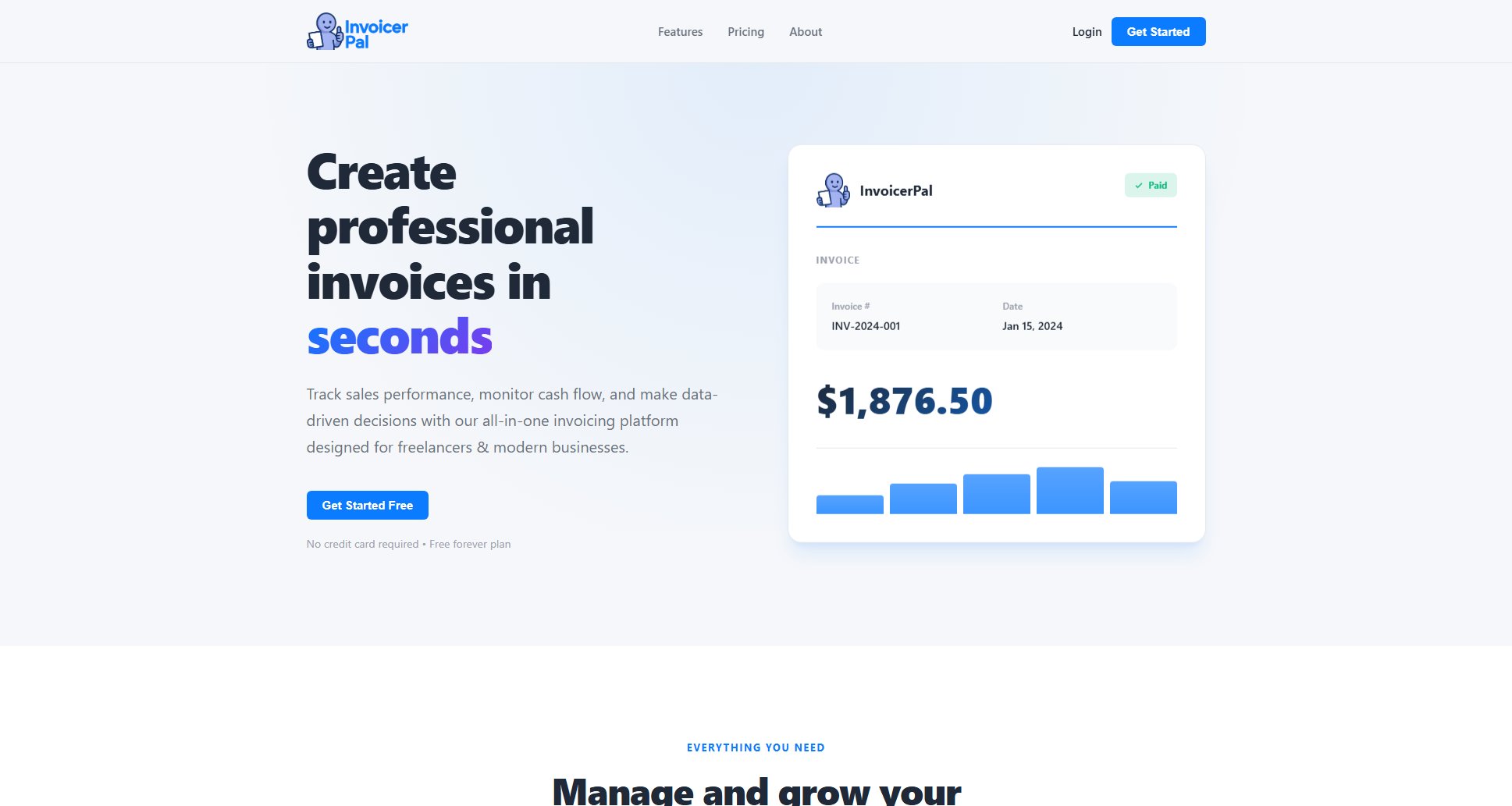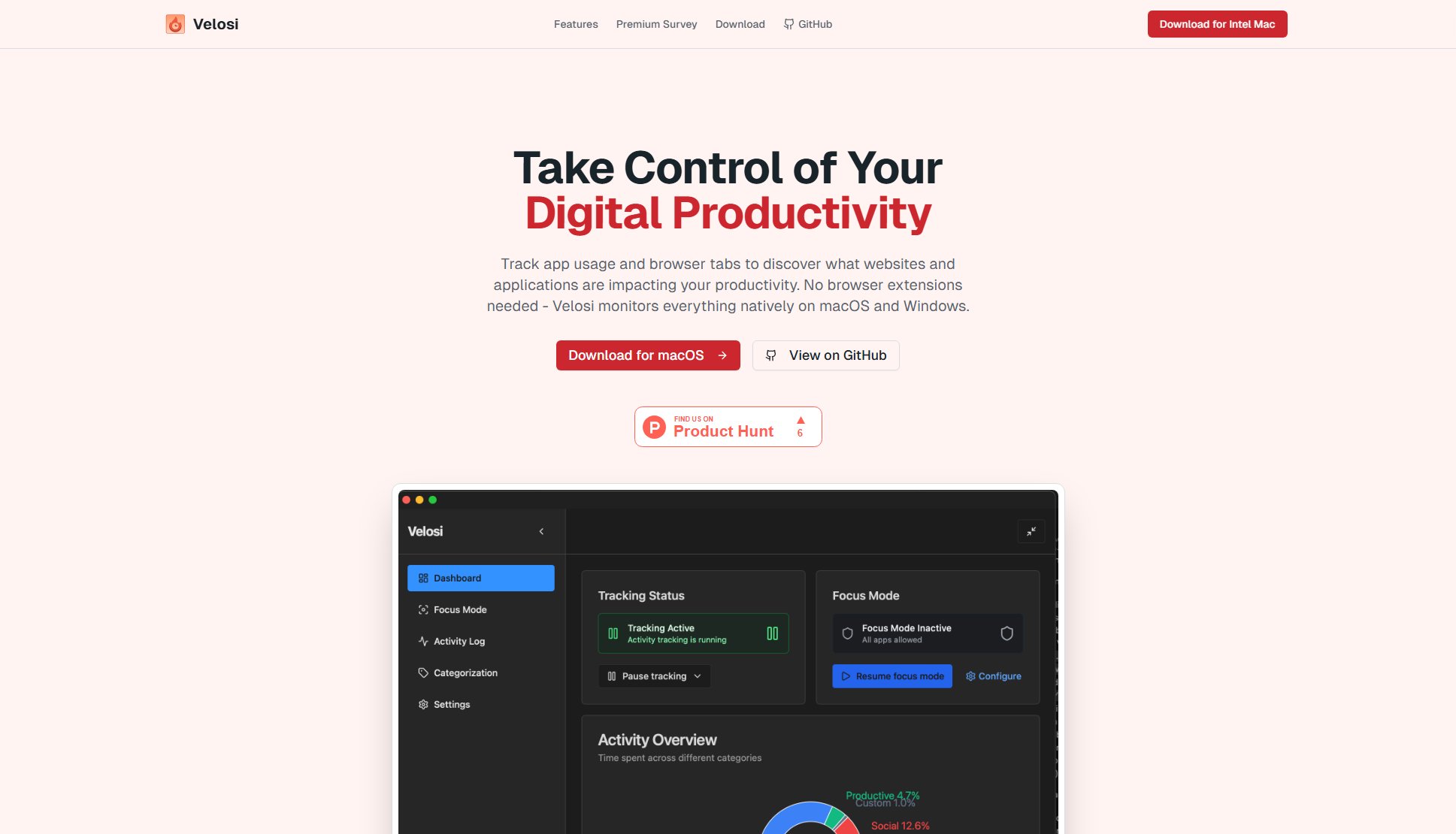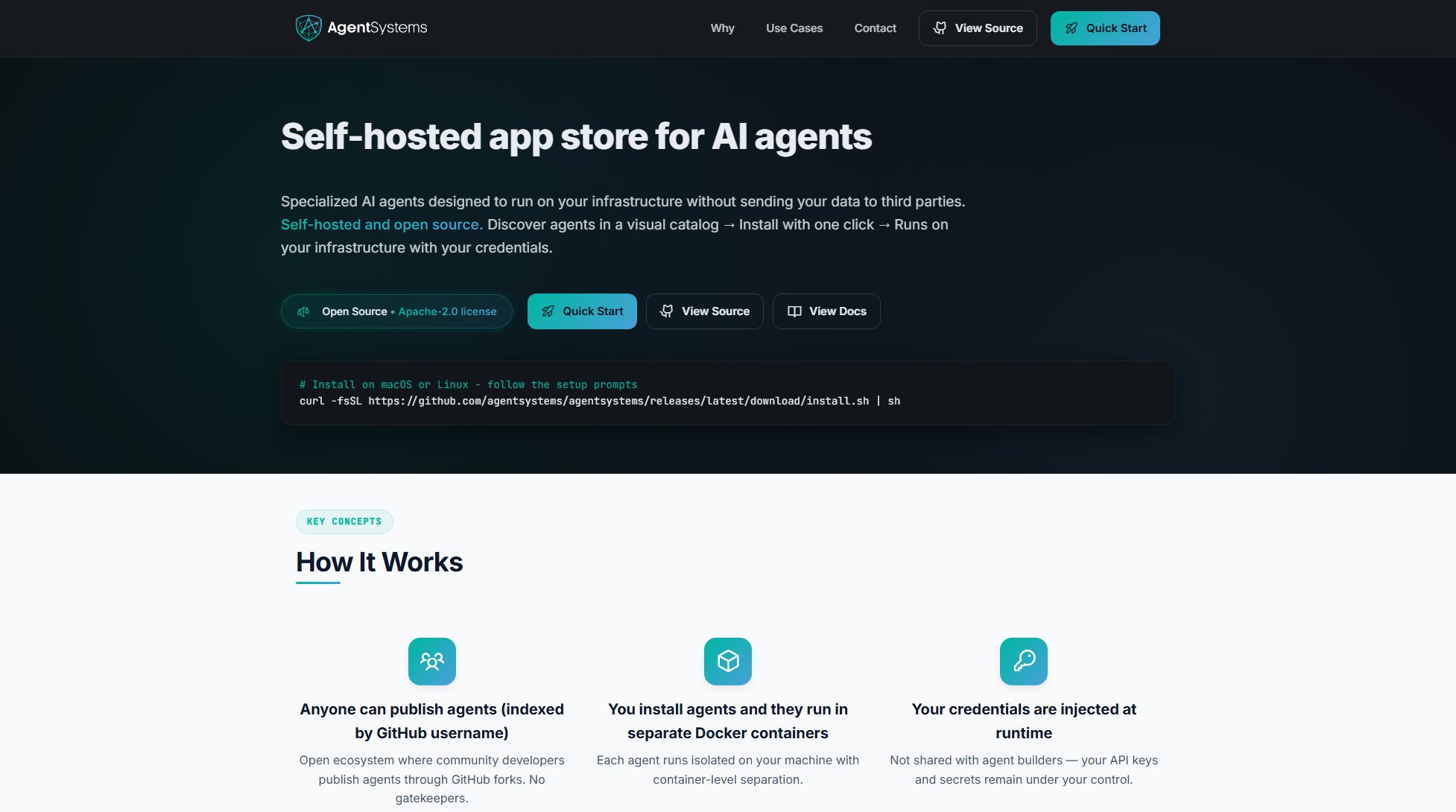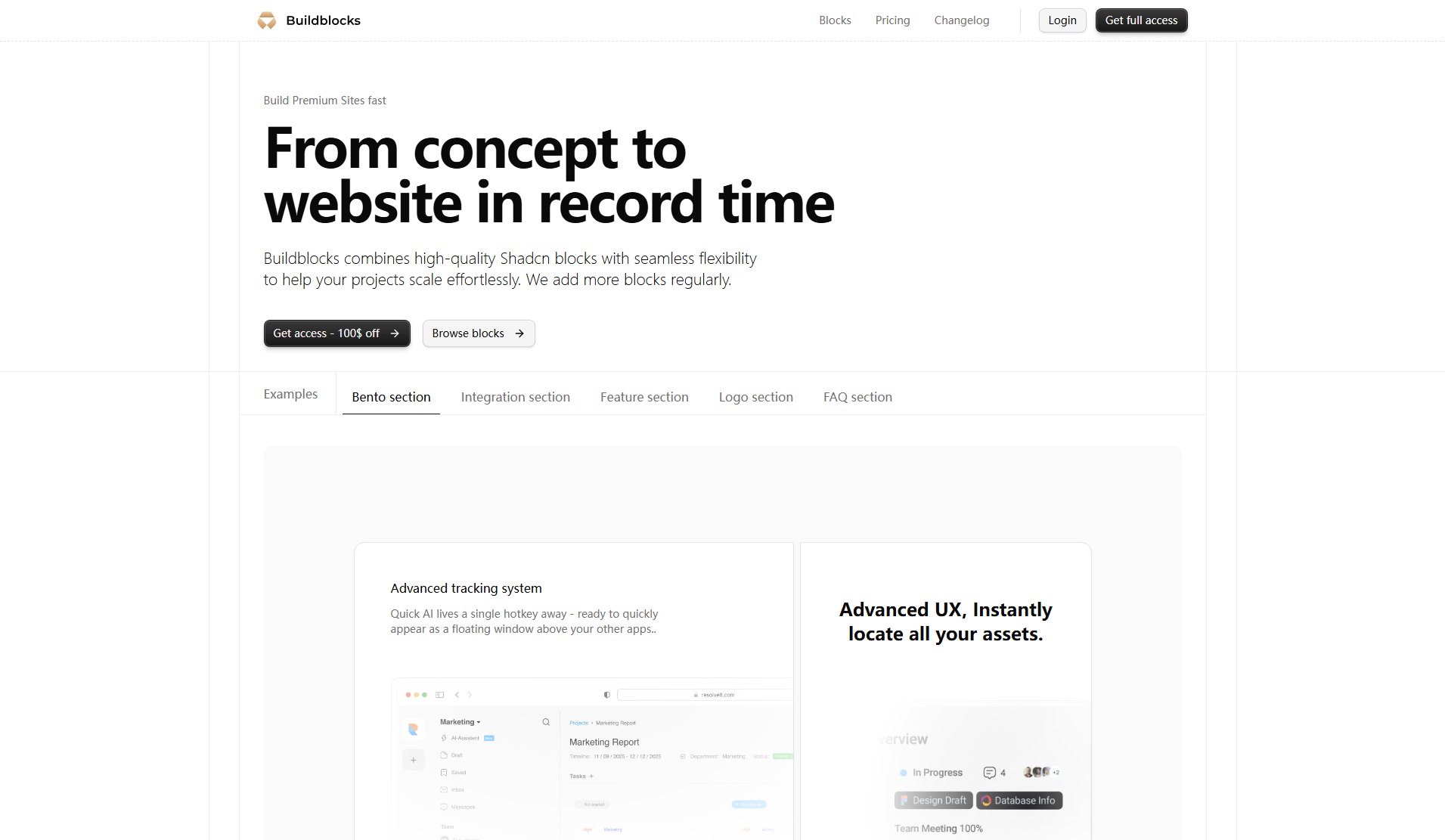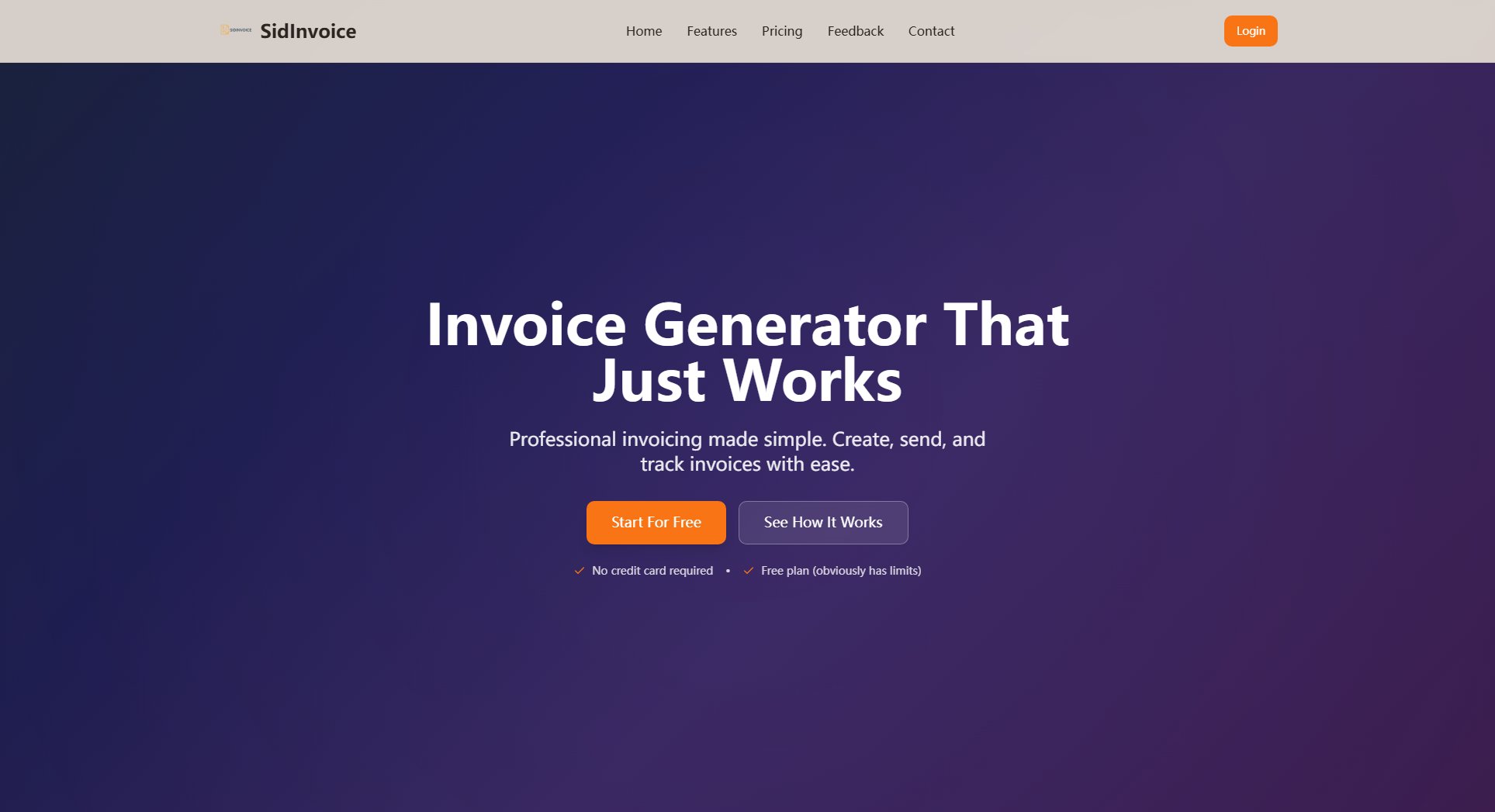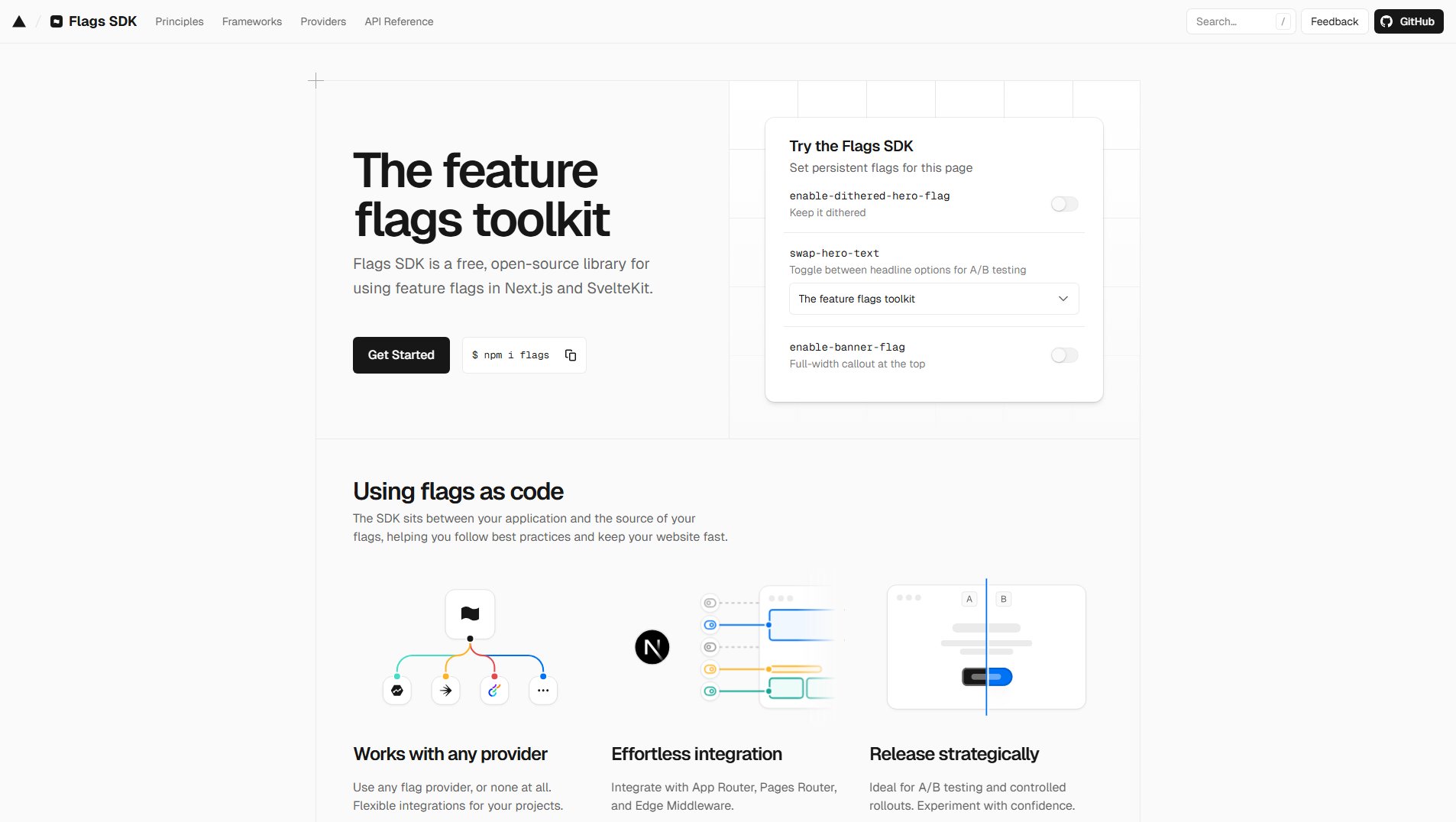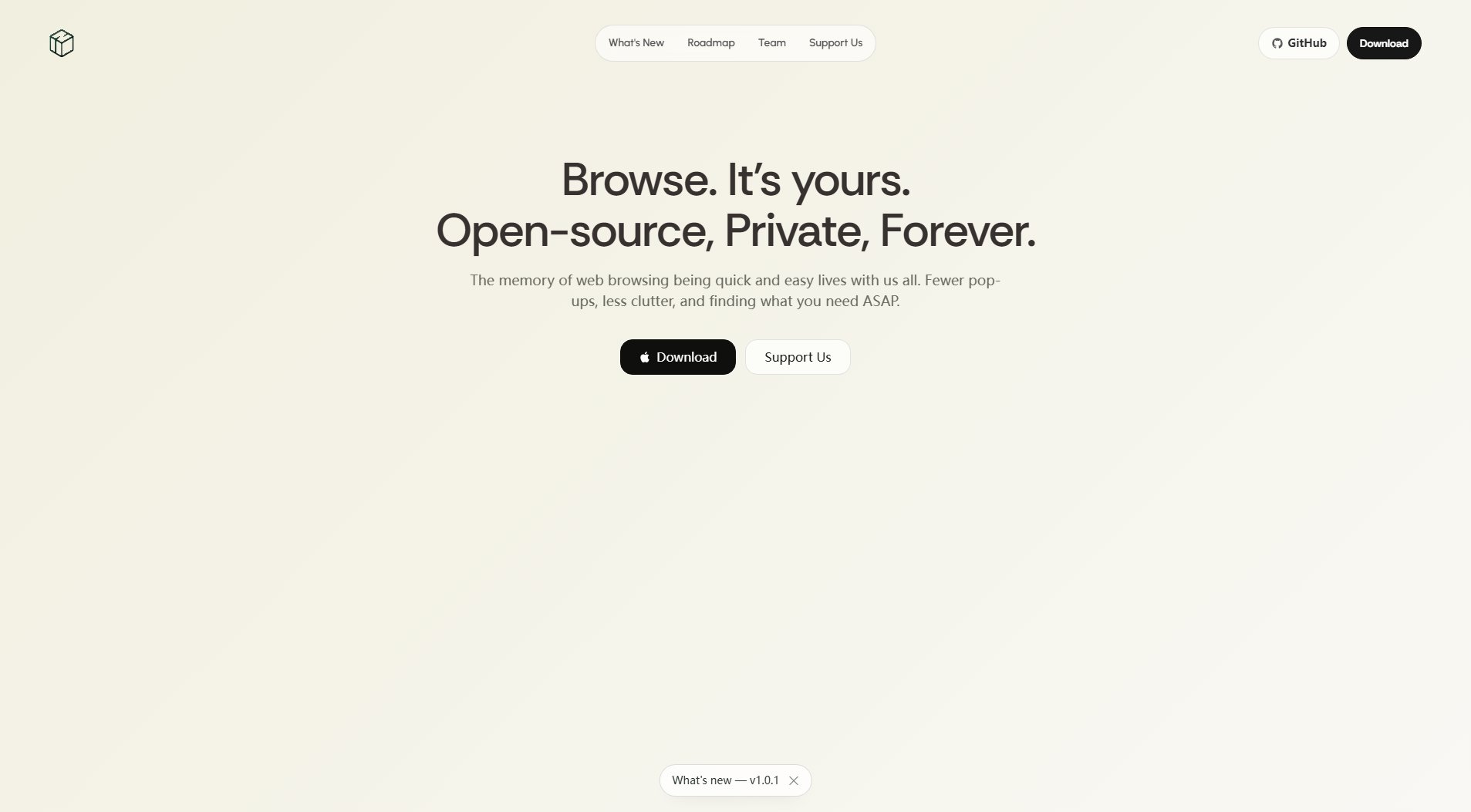Billing SDK
Modern Billing & Monetization UI Components for React
What is Billing SDK? Complete Overview
Billing SDK is a comprehensive open-source library of React components designed to streamline the integration of billing and subscription management features into web applications. It provides production-ready UI building blocks for pricing tables, subscription flows, usage meters, and more. Built with TypeScript and Tailwind CSS, the SDK integrates seamlessly with shadcn/ui projects, offering developers a way to implement complex billing interfaces with minimal effort. The components are fully customizable, accessible, and optimized for performance across all devices. Billing SDK is ideal for SaaS companies, subscription-based services, and any application needing monetization features.
Billing SDK Interface & Screenshots

Billing SDK Official screenshot of the tool interface
What Can Billing SDK Do? Key Features
Pre-built Billing Components
The SDK offers a collection of ready-to-use components including pricing tables, subscription management interfaces, usage meters, and cancellation flows. Each component is designed to handle common billing scenarios out of the box while being fully customizable to match your brand.
TypeScript Support
All components come with strong TypeScript typing for props and callbacks, ensuring type safety during development. This reduces runtime errors and improves developer experience with automatic code completion and documentation.
Multiple Theme Support
Choose from several pre-built themes (Classic, Minimal, Cyberpunk) or create your own using CSS variables. Components support both light and dark modes and can be styled to perfectly match your application's design system.
One-command Installation
Components can be added individually via CLI or through the shadcn/ui registry. The installation process automatically handles dependencies and configuration, getting you started in seconds.
Accessibility Compliance
All components are built with WCAG accessibility standards in mind, featuring proper ARIA labels, keyboard navigation support, and responsive designs that work across all devices.
Best Billing SDK Use Cases & Applications
SaaS Subscription Management
Implement a complete subscription flow with plan selection, upgrade/downgrade functionality, and payment processing using the pre-built components, reducing development time by weeks.
Usage-based Billing
Display real-time usage metrics and quota information to users with interactive meters and notifications when approaching limits, improving transparency in usage-based pricing models.
Promotional Pricing
Quickly create special offer banners and limited-time pricing tables to run marketing campaigns without requiring developer resources for UI implementation.
How to Use Billing SDK: Step-by-Step Guide
Install the Billing SDK components using either the CLI tool for complete project setup or add individual components to your existing shadcn/ui project. The CLI handles all dependencies automatically.
Configure theming by selecting from pre-built themes or creating custom themes using CSS variables. The components support dynamic theme switching between light and dark modes.
Import the desired components into your application. Each component comes with TypeScript interfaces for proper typing and documentation.
Pass your pricing data and subscription information to the components. Handle user interactions through simple callback functions that integrate with your backend systems.
Billing SDK Pros and Cons: Honest Review
Pros
Considerations
Is Billing SDK Worth It? FAQ & Reviews
Yes, the core library is completely open source under GPL-3.0 license. You can use, modify, and distribute it freely, though enterprise plans offer additional features and support.
Absolutely. Components are built with customization in mind using CSS variables and props. You can adjust colors, spacing, and even create entirely new themes.
Currently optimized for React applications, particularly those using Next.js and shadcn/ui. The TypeScript foundation makes it compatible with most modern React setups.
The library is actively maintained with new components added regularly. Community contributions are also welcome through GitHub.
Yes, enterprise plans include dedicated support and custom component development from the core team.

